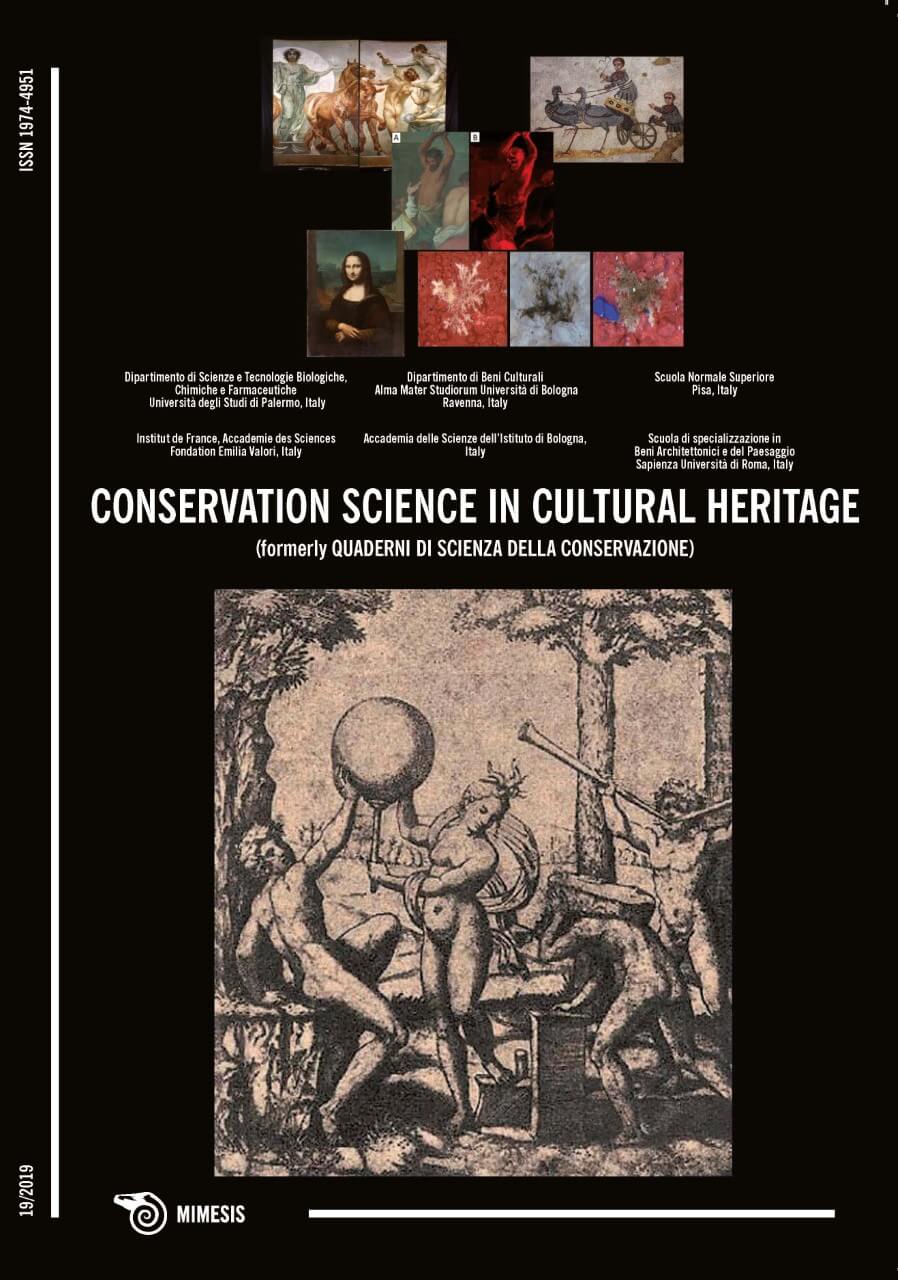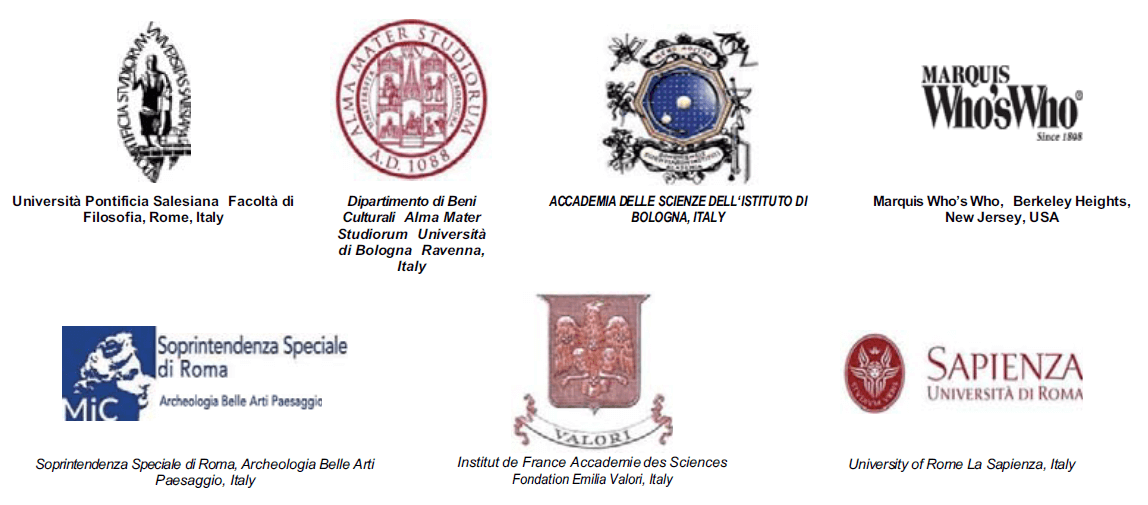Multifaceted Analysis of Glazed Ceramics from Jordan: Raw Materials and Technological Aspects
DOI:
https://doi.org/10.6092/issn.1973-9494/10673Keywords:
chemical analysis, lead glaze, XRD, provenance, ICP-AESAbstract
The aim of this work was to study the chemical and micro-structural composition of Ayyubid/Mamluk glazed ceramics excavated from Tal Al Husun, Jordan. The investigations were conducted to obtain information on raw materials and their technical processing (provenance and technology). To identify the clay materials and the glaze, ceramic bodies as well as glazed layers were analyzed using ICP–AES, optical microscope and X- ray diffraction (XRD). The samples were classified into four groups according to their clay paste and ceramic color. Results revealed that the ceramic object was made of a homogeneous paste (composed of non-calcareous, non-ferrous clay) containing a high proportion of quartz; the study also indicated that the ceramic samples had a high lead (Pb) content. This type of glaze was prepared by brushing the body of the pottery vessels with a mixture of lead and silicate solution. The analysis by scanning electron microscope, X-ray diffraction and optical microscope showed that the Ayyubid/Mamluk potter fired his pottery using a double-combustion method at a temperature exceeding 1000° C. As for the raw material used in the manufacture of the clay paste, evidence shows that the pottery body was made of local source material, while the glaze material was not locally available, and this is evidence that it was imported.
Downloads
Published
How to Cite
Issue
Section
License
Copyright (c) 2019 Firas Alawneh, Fadi Balaawi
Copyrights and publishing rights of all the texts on this journal belong to the respective authors without restrictions. Authors grant the journal right of first publication.
This journal is licensed under a Creative Commons Attribution 4.0 International License (full legal code).
See also our Open Access Policy.






